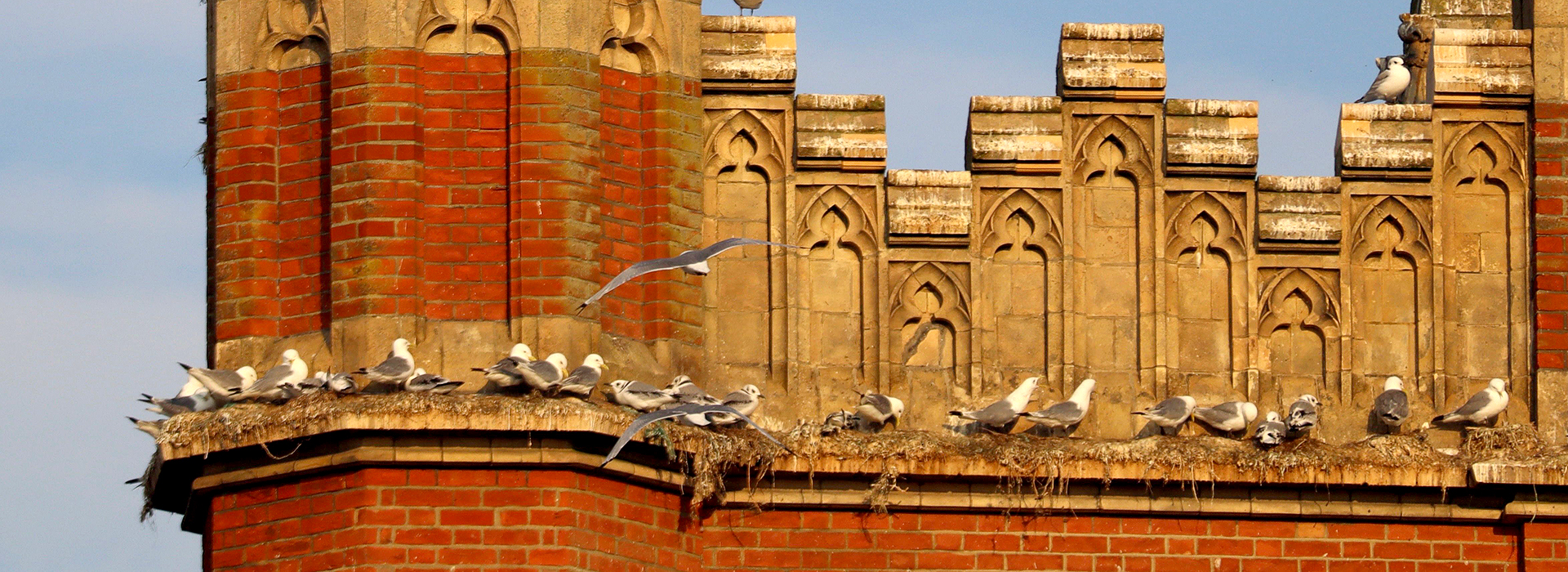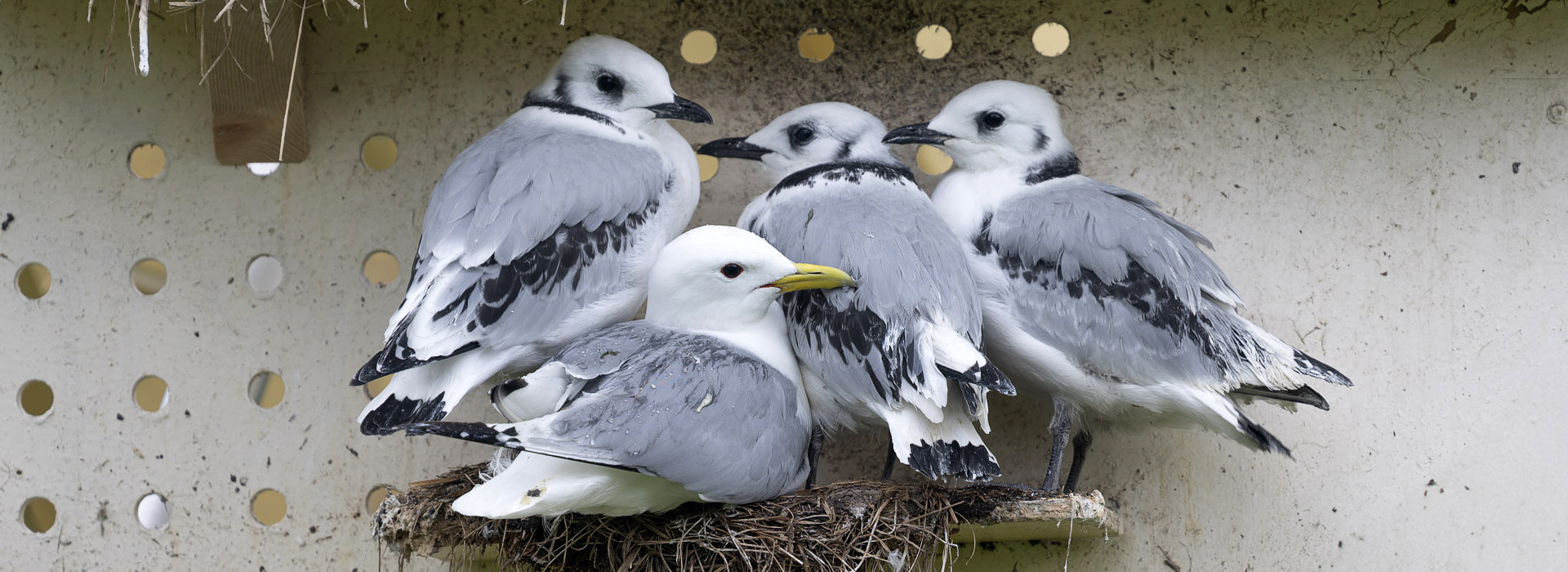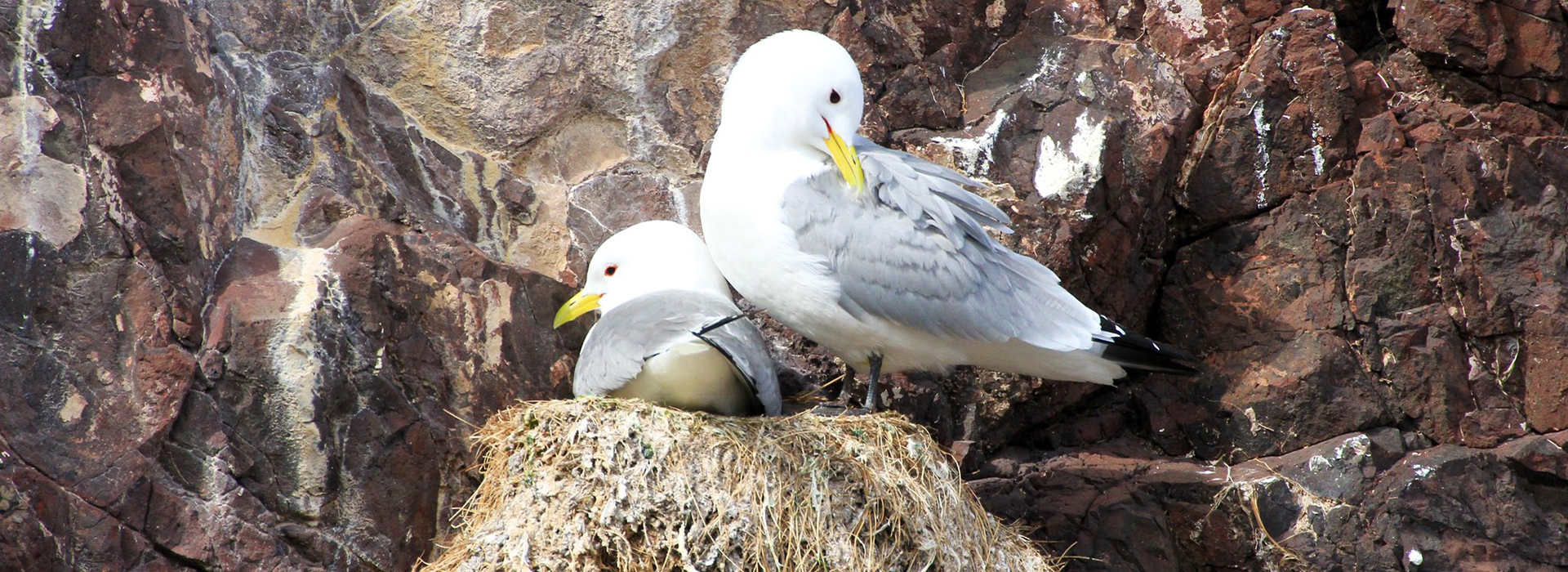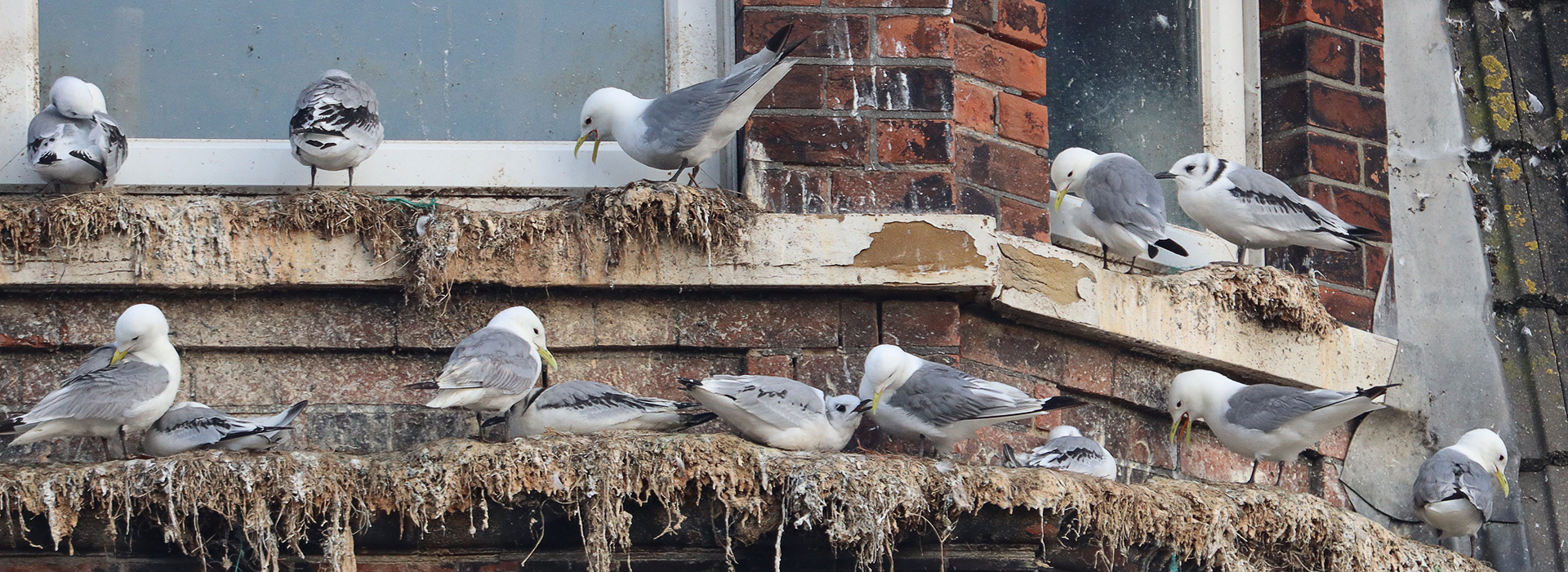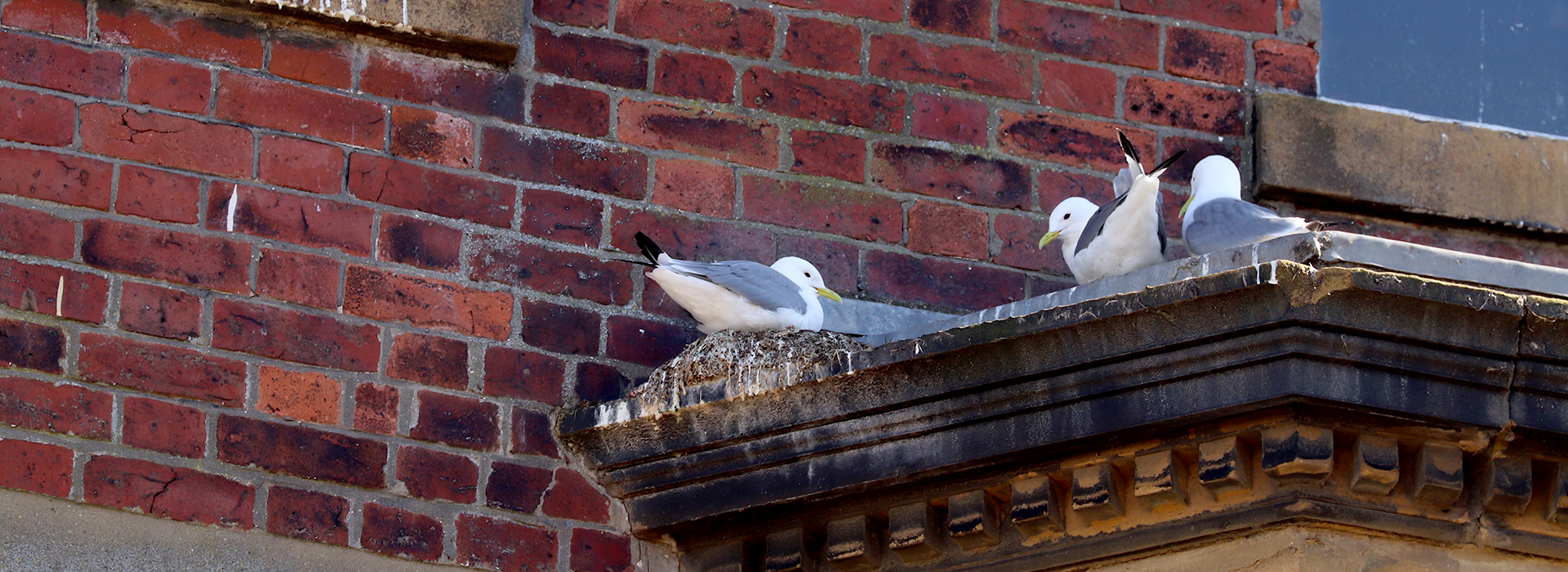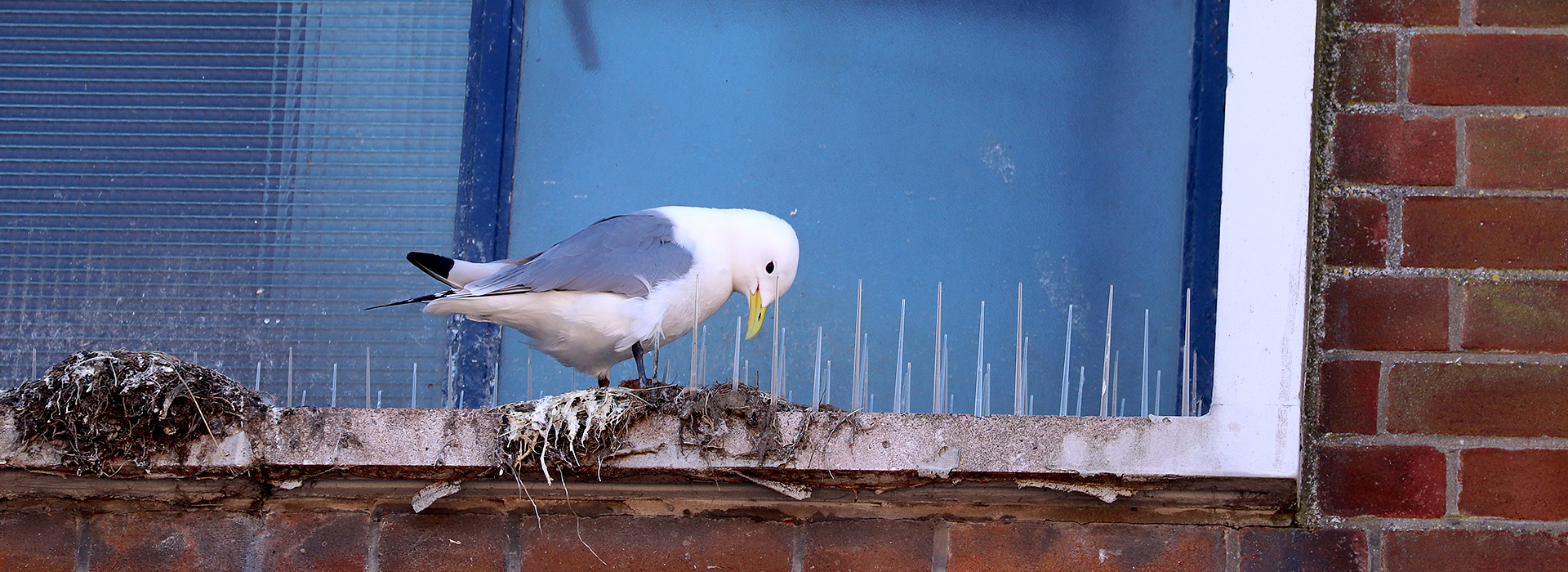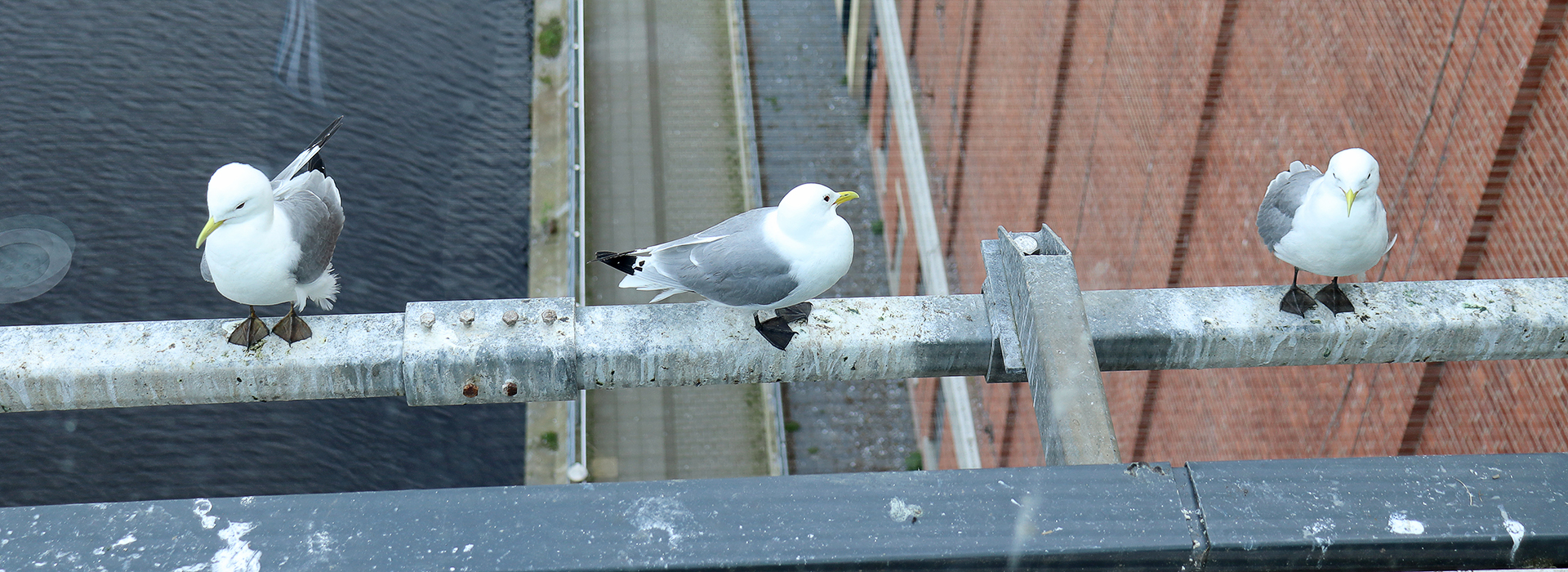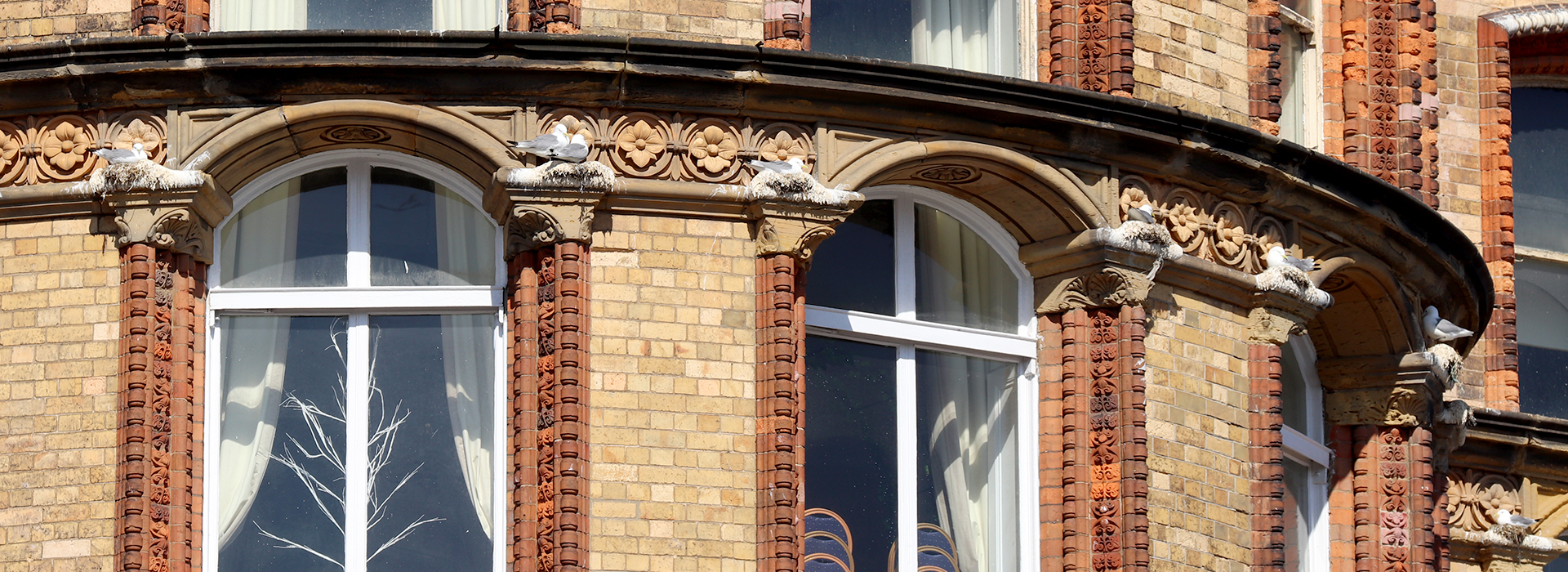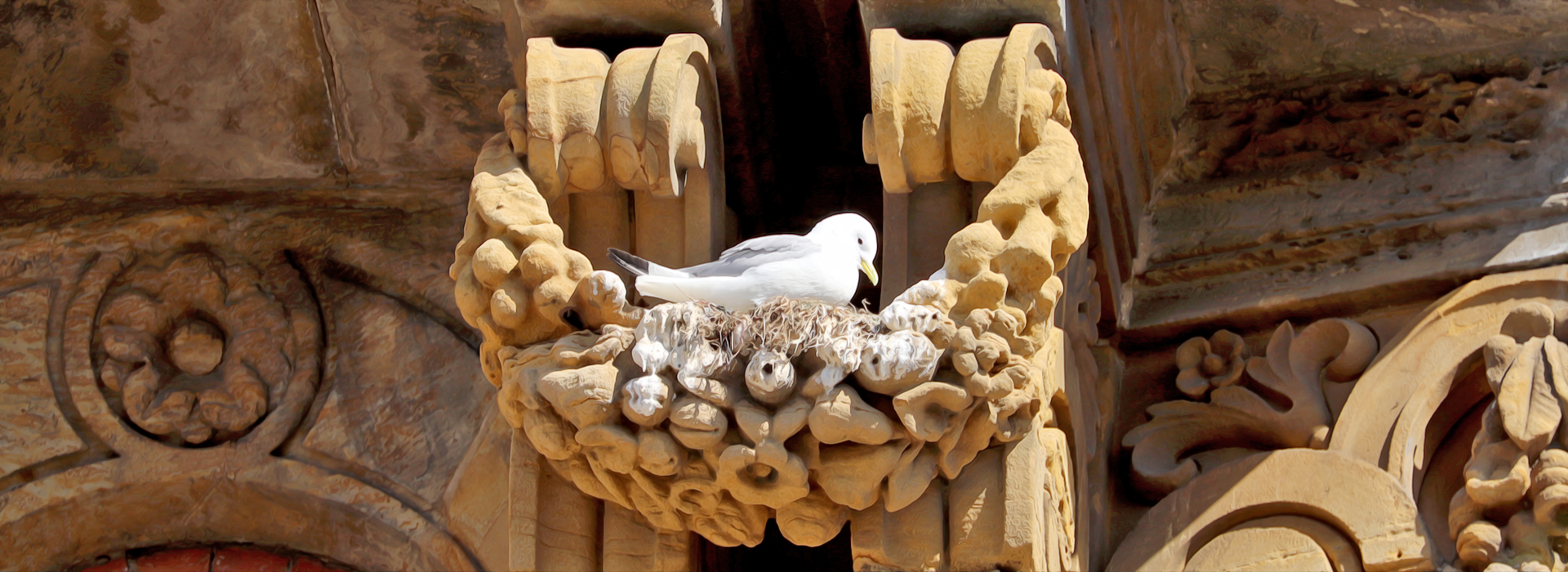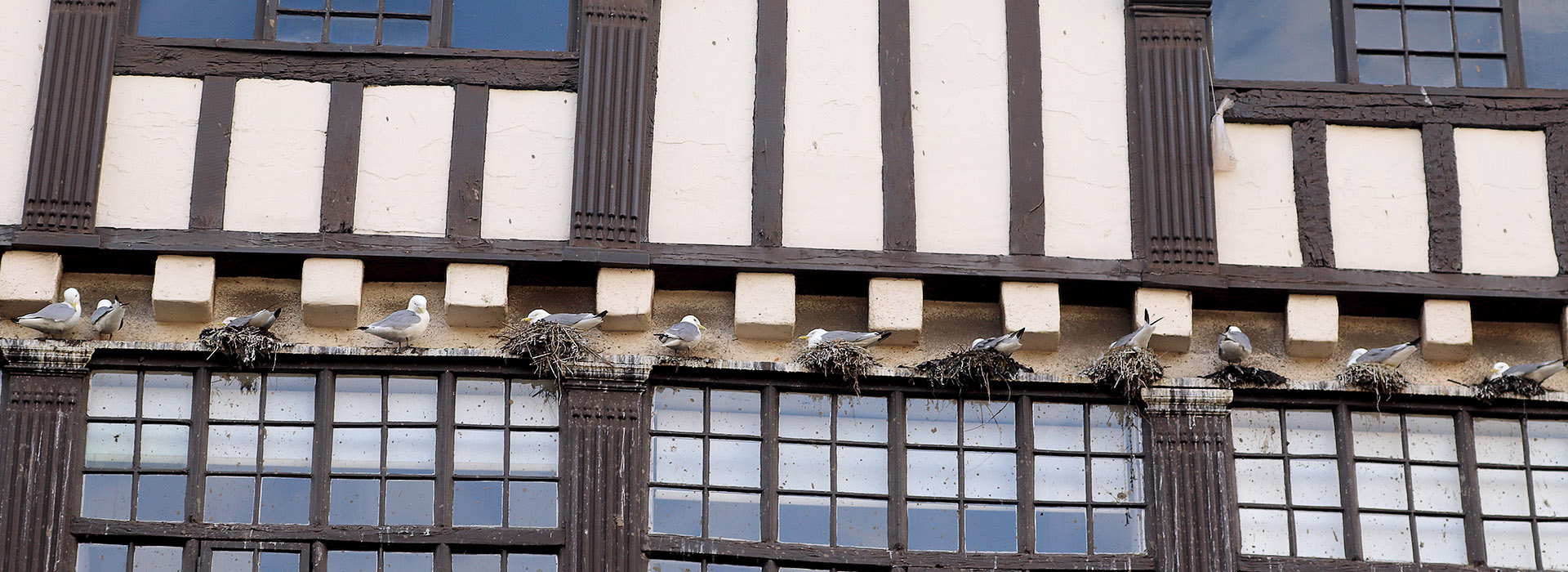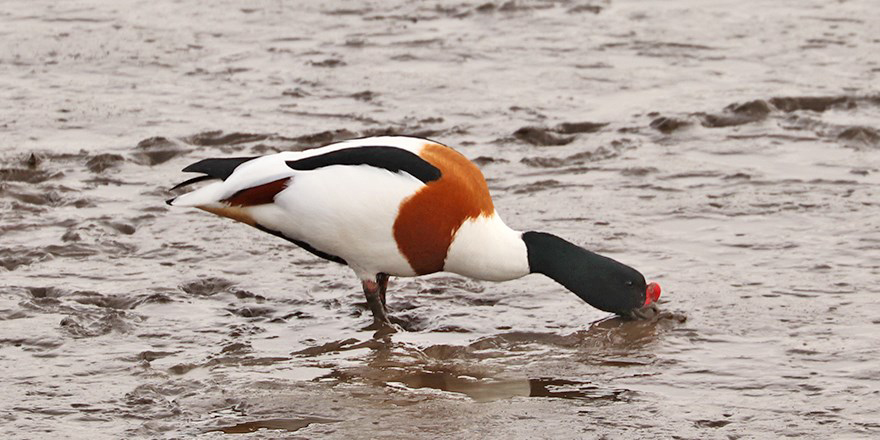This section features a variety of topics related to research.
Tyne & Wear
On Tyneside, like many parts of the UK, populations of Curlews, Lapwings and Redshanks are significantly lower in present times especially compared to the 1980s. Some of the habitats have been repurposed into cycleways, housing or for new industry. Substantial portions of pollution remain deep in the riverbanks however; a legacy of the region’s Industrial past.
A Rock Pipit by Paul Buskin from Anglesey
A coastal species that has been recorded recently eleven miles inland
as far as Newcastle Swing Bridge on more than one occasion.
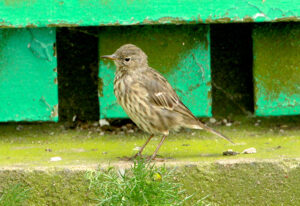
Over the past decade a variety of coastal bird species have been venturing deeper inland; at times as far as the » Dunston Staiths. The most famous of course is the Kittiwake, which has moved away from their traditional coastal cliffs, instead opting to fly eleven miles inland to set up a colony using bridges and nearby buildings.
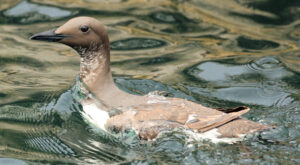
Such patterns have not been entirely limited to the Kittiwakes however. A wide variety of species of birds, that very much spend their time and live along our coastlines are not only travelling and visiting inland, but the frequency, and time spent is increasing as is the quantity of individuals involved.
A Guillemot from Bamburgh
A coastal species that has been recorded as far as the
Dunston Staiths which is over 11 miles inland in recent times.
These have included: Red-throated Diver, Red-necked Grebe, Eider, Long-tailed Duck, Common Scoter,
Razorbill, Guillemot, Grey Plover, Dunlin, Sanderling, Turnstone and Rock Pipit.
Some species such as Dunlin and Turnstone are found during spring and autumn when many birds are arriving or leaving as the seasonal clock turns. But many of the dates these species are being recorded fall outside these. The Kittiwakes are also only with us during the Spring and Summer months, whereas many of these additional species that are being found appear at varying times of the year. More research is needed.
- What are these birds feeding on?
- Why are they now, coming so far inland?
- Is it by choice?
- Will more follow?
Will a local university or wildlife organisation opt to raise their flag and investigate this?
A Shelduck by Paul Buskin – Dunston Staiths/Newcastle Business Park – River Tyne
A species regularly recorded around Blaydon and Gateshead
The riverside habitats close the » Dunston Staiths on the Gateshead Side and » Walker Riverside Park along the River Tyne, are rich in wildlife and attract a wide selection of birds all year round. More efforts could be invested to record and potentially » rewild .
Kittiwakes
Hundreds of Kittiwakes in Scarborough are moving a relatively short distance from their traditional coastal cliffs, and instead building their nests on town centre buildings. Similar patterns are being noted in other places such as Lowestoft and in a far greater scale in Norway.
- Why are they choosing to move inland?
- Is it due to changes in weather patterns?
- What can we do to support inland colonies of Kittiwakes and to educate
and raise awareness to those that live and visit such towns an cities? - And will there remain sufficient sources of food in our seas to sustain coastal/inland colonies
of Kittiwakes and other seabirds?
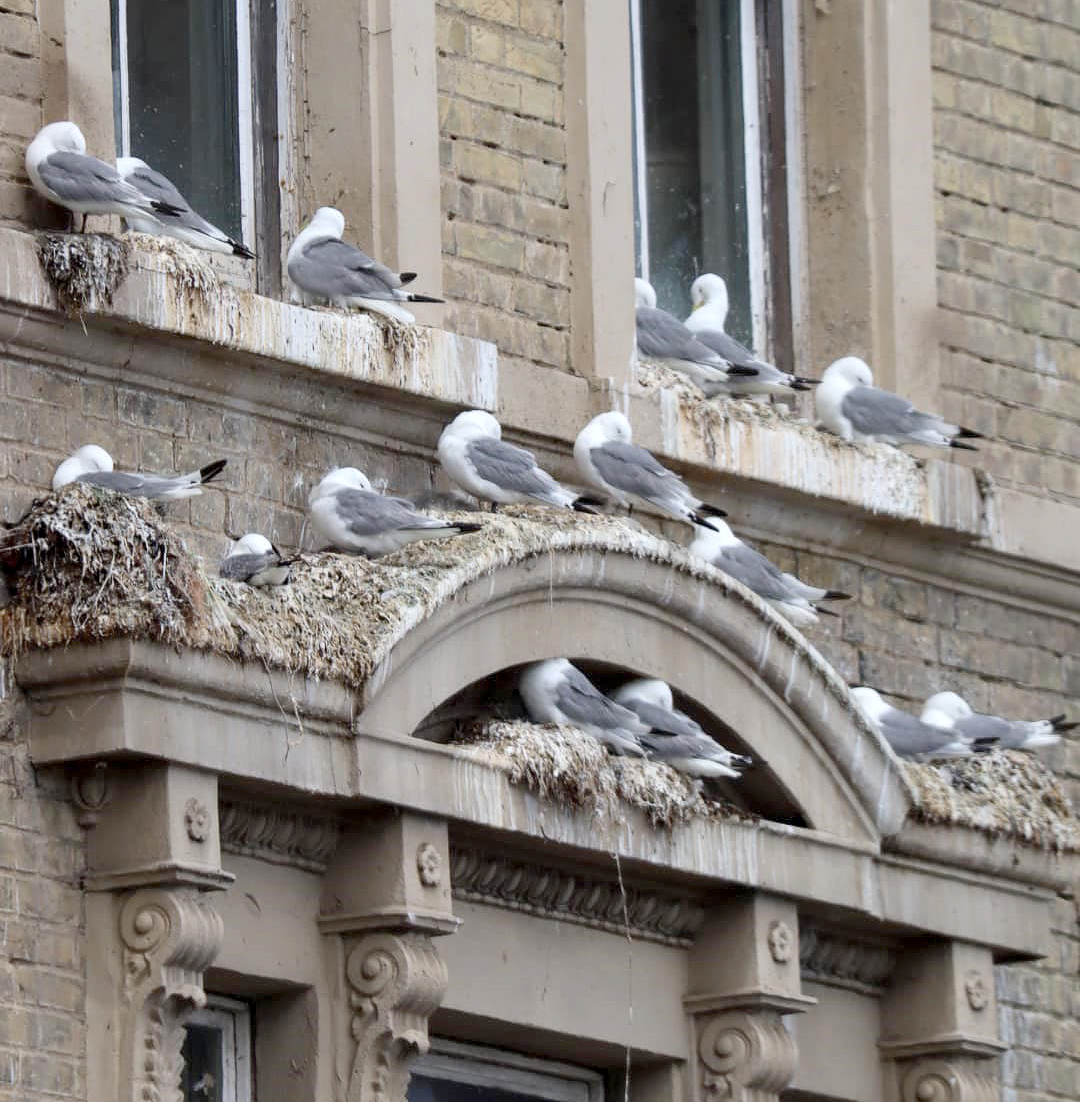
Kittiwakes nesting on town centre buildings in Lowestoft from D Houghton
Article published in the February Seabird Newsletter
 A comparison of Kittiwake breeding success at urban and natural coastal colonies in Scarborough.
A comparison of Kittiwake breeding success at urban and natural coastal colonies in Scarborough.
Nathalie Stevenson (Shoney Wind Ltd), Nick Addey, Katie Hackett and Steven Wignill. Between 2021-2023 Shoney Wind undertook monitoring of Black-legged Kittiwake in Scarborough to inform wider studies into kittiwake thermoregulation, nest microclimate and artificial nesting structure designs. They classified Scarborough subplots into two broad categories according to theoretical wind exposure as either a) more wind-exposed natural coastal cliff subplots, or b) more wind-sheltered urban built environment subplots.

